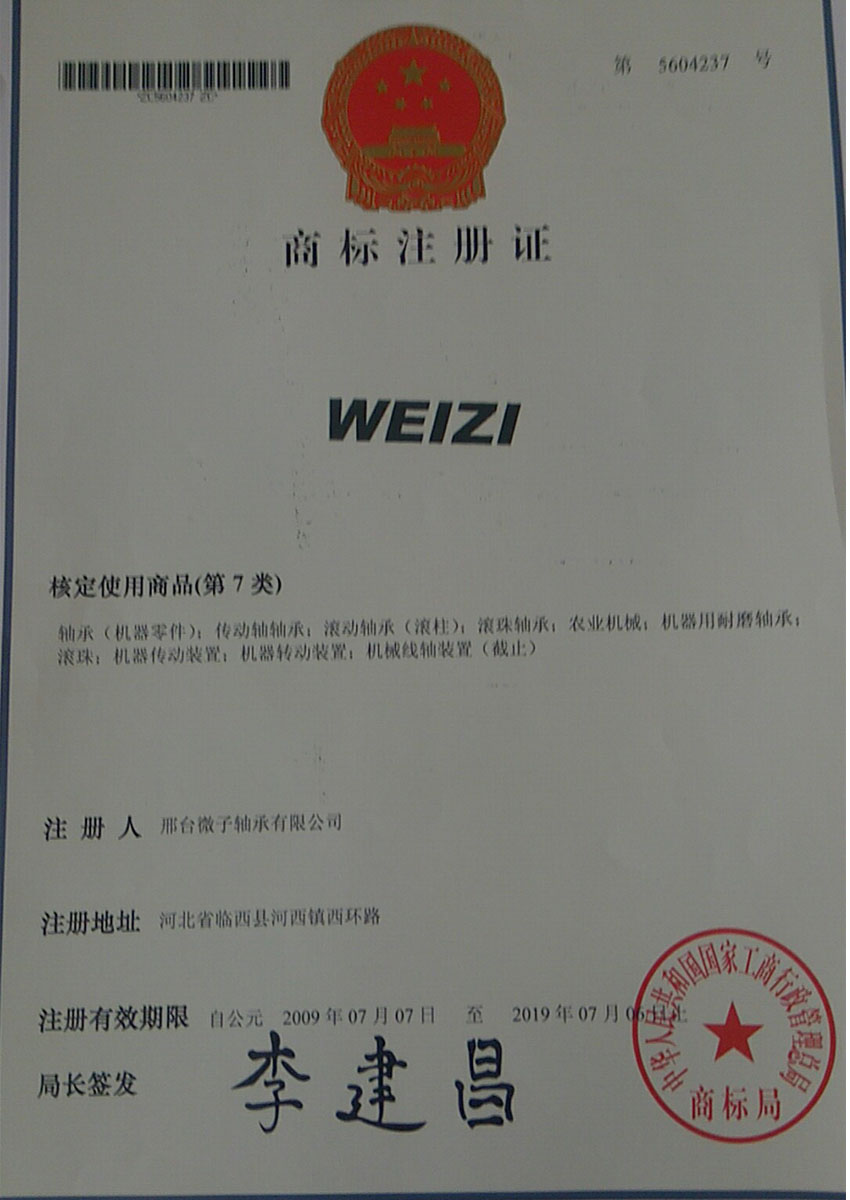
Aug . 13, 2024 13:22 Back to list
Understanding the Functionality and Applications of Thrust Ball Bearings in Mechanical Systems
Thrust Ball Bearings An Overview
Thrust ball bearings are a specific type of bearing designed to accommodate axial loads, meaning they are particularly effective at supporting forces that are directed along the axis of the rotating shaft. Unlike other bearing types, such as radial ball bearings, which handle radial loads (perpendicular to the shaft), thrust ball bearings are essential in applications where precise axial positioning and stability are crucial.
Construction and Components
The construction of a thrust ball bearing typically involves three primary components the shaft washer, the housing washer, and the ball retainer. The shaft washer is mounted on the rotating shaft, while the housing washer is fixed to the housing. The balls are positioned in a cage or retainer, which keeps them separated to minimize friction and wear during the operation. This design allows the bearing to handle moderate axial loads in one direction, making it suitable for various applications.
Working Principle
The working principle of thrust ball bearings is straightforward. When a load is applied on the shaft, the balls within the bearing rotate between the shaft and housing washers. As the balls roll, they create a low-friction interface, allowing the shaft to turn smoothly while supporting the axial load. However, it is essential to note that thrust ball bearings are not designed to handle significant radial loads. Therefore, they are often used in conjunction with other types of bearings to provide comprehensive support for both axial and radial forces.
Applications
thrust ball bearing

Thrust ball bearings find application in numerous industries and machines where axial load management is critical. Common applications include
1. Automotive Industry Used in vehicle transmissions to support axial loads generated during operation. 2. Electric Motors Their ability to handle axial forces ensures smooth operation in various types of electric motors. 3. Machine Tools Used in milling machines and lathes where precise positioning and control are required. 4. Aerospace Thrust bearings are found in various aircraft components, providing stability under high-speed and high-load conditions.
Advantages and Limitations
The main advantages of thrust ball bearings include their simple design, ease of installation, and ability to provide stable axial load support. They are generally made from high-quality materials like stainless steel, which offer excellent durability and resistance to wear.
However, thrust ball bearings do come with limitations. They cannot accommodate significant radial loads and are generally restricted to applications with moderate speeds. Additionally, their effectiveness can diminish if subjected to excessive misalignment or shock loading, which can lead to premature failure. Regular maintenance and proper lubrication are essential to ensure optimal performance and longevity.
Conclusion
In summary, thrust ball bearings play a crucial role in supporting axial loads in various machinery and applications. Understanding their construction, working principles, advantages, and limitations enables engineers and technicians to select the appropriate bearing for their specific needs. As technology advances, innovations in bearing design continue to enhance the performance and reliability of thrust ball bearings, further expanding their utility across different industries. Whether in automotive engineering, aerospace, or industrial machinery, thrust ball bearings remain integral to modern mechanical systems, ensuring smooth and efficient operation in a variety of applications.
Latest news
-
Common Failures in Thrust Ball Bearings and Solutions
NewsAug.22,2025
-
How Tapered Roller Bearings Can Take Shock Loads
NewsAug.22,2025
-
Angular Bearings in High-Precision Spindles
NewsAug.22,2025
-
The Impact of Misalignment on Cylindrical Roller Bearing Performance
NewsAug.22,2025
-
The Role of Cage Design in Deep Groove Ball Bearing Durability
NewsAug.22,2025
-
The Impact of Material Quality on Machinery Bearings’ Lifespan
NewsAug.22,2025
